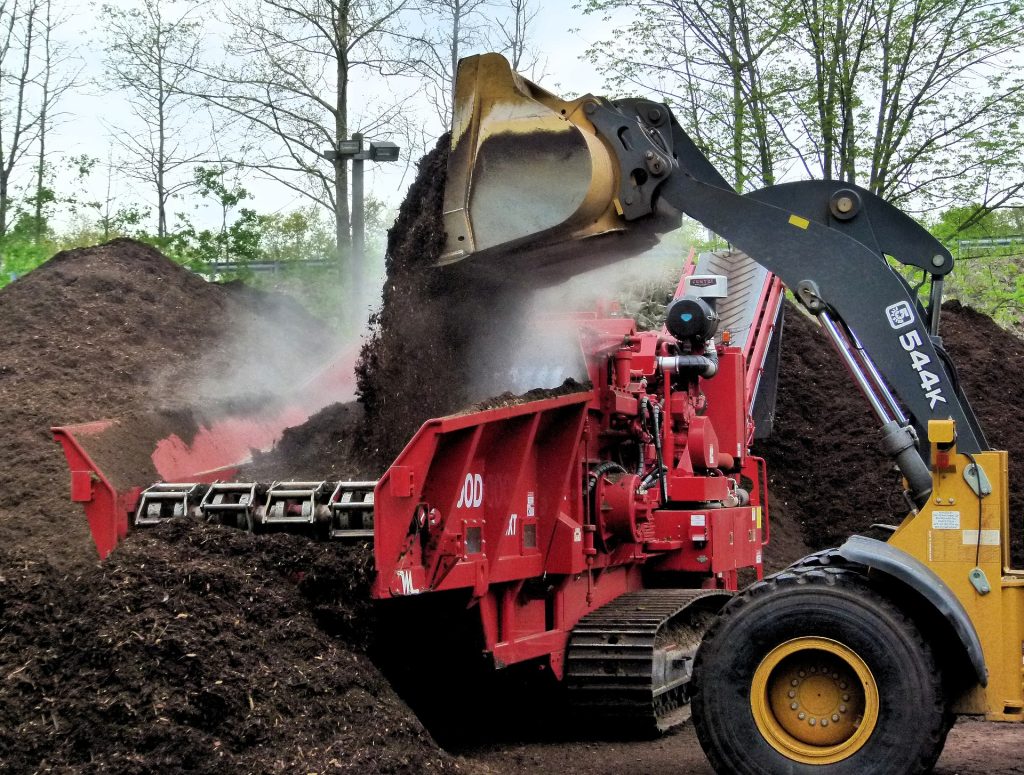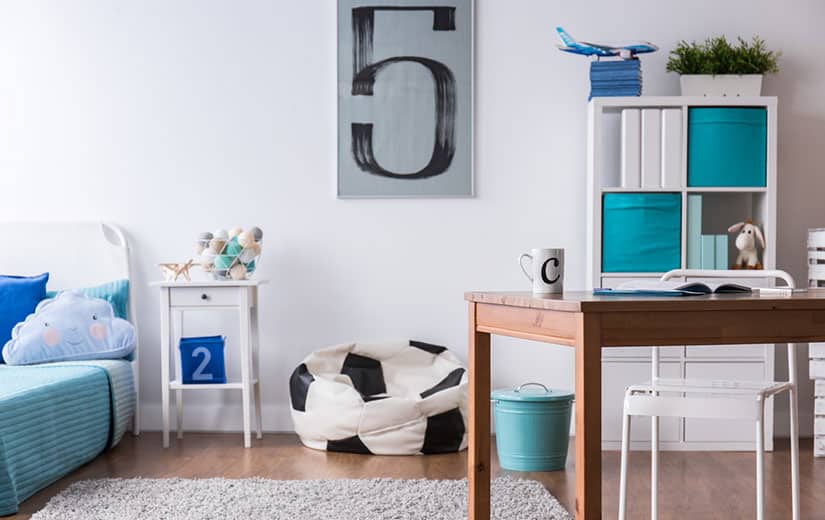With the rise of technology, video surveillance devices are constantly gaining in performance and discretion. Whether for professionals or individuals, surveillance cameras have become effective allies in ensuring the protection of their property. Today, anyone can buy and install them. However, for each type of installation, regulations must be considered.
Summary
The law according to the types of places
With the democratization of surveillance devices, the competent authorities had to review the relevant legislation. The framework on the use of an indoor wifi camera is not the same for a public place and a private property. In all cases, a declaration to the National Commission for Computing and Liberties or the CNIL is imperative.
On the one hand, there are places that receive the public, such as banks, counters, branches or shopping centres. They follow the regulations of the January 21, 1995 law which requires a declaration to the CNIL and a prefectural authorization to these institutions. On the other hand, there are homes for individuals, offices or business premises. The corresponding legislation is described by article 226-1 of the Penal Code and article 9 of the Civil Code. These writings stipulate above all the respect of the right to the image and the private life of each occupant.
It is therefore imperative that each occupant be kept informed of the existence of the devices installed. The same for guests and visitors, you must inform them. For your household or office staff, it will be necessary to specify that the premises are supervised in the employment contract.
Regulations according to installation categories
There are some CCTV devices that can record images and others that allow real-time viewing only. As this is an indoor surveillance camera, be careful that your camera does not film any outdoor location. This concerns your neighbours’ property, the alleys, the street, etc., and even your yard.
If your camera does not record images, but allows real-time monitoring only, you do not need to declare your installation. On the other hand, the declaration is obligatory at the risk of penalty and sanction, if your devices are used to store and process the filmed images. The use of personal images is penalized by law. You must then go to the Commission Nationale de l’Informatique des Libertés to detail the installation and intended use. If you are in co-ownership status, the condominium syndicate takes care of this task. Thus, your installation will comply with the Data Protection Act of August 6, 2004 (the amended version of the law of January 6, 1978).
The prefectural authorization sets the retention period for the images. This should not exceed 30 days. Laws on the installation of indoor surveillance cameras also require the right to access the videos. Each inhabitant and staff have the possibility of accessing the recordings which concern them. They can also verify that the films have been deleted within the legal period.
A strict placement of indoor surveillance cameras
There are skilled workers for the installation of surveillance cameras. Technical standards for video surveillance systems are also governed by the decree of August 3, 2007. It is therefore strongly recommended to invite a security expert before installing an interior surveillance camera. Such a specialist knows the technical regulations at their fingertips.
The number and location of each device must be well studied whether in your home or in your office. In addition, specific tools such as software accompany the equipment. A minimum of training is therefore essential if you are thinking of processing the images yourself.
In the event of non-compliance with the legislation, penalties can reach up to 20 million euros according to the General Data Protection Regulation or the GDPR. In professional premises, no camera should film employees at their workstations or in break areas or in the toilets. However, installation at checkout and warehouse level is permitted.
The different protections for access to a building




